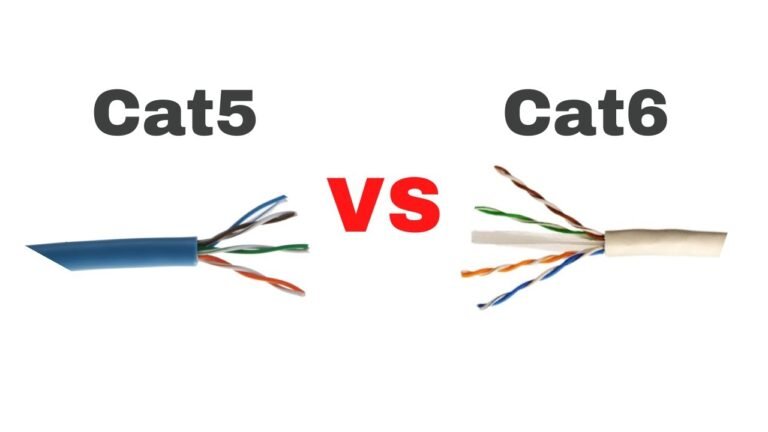7 differenze chiave tra cavi Ethernet Cat5 e Cat6

Nella scelta tra cavi Ethernet Cat5 e Cat6, è importante conoscere alcune differenze chiave. Il Cat5 supporta velocità fino a 100 Mbps e una larghezza di banda di 100 MHz, mentre il Cat6 gestisce fino a 10 Gbps e 250 MHz. Il Cat6 riduce al minimo le interferenze di segnale…